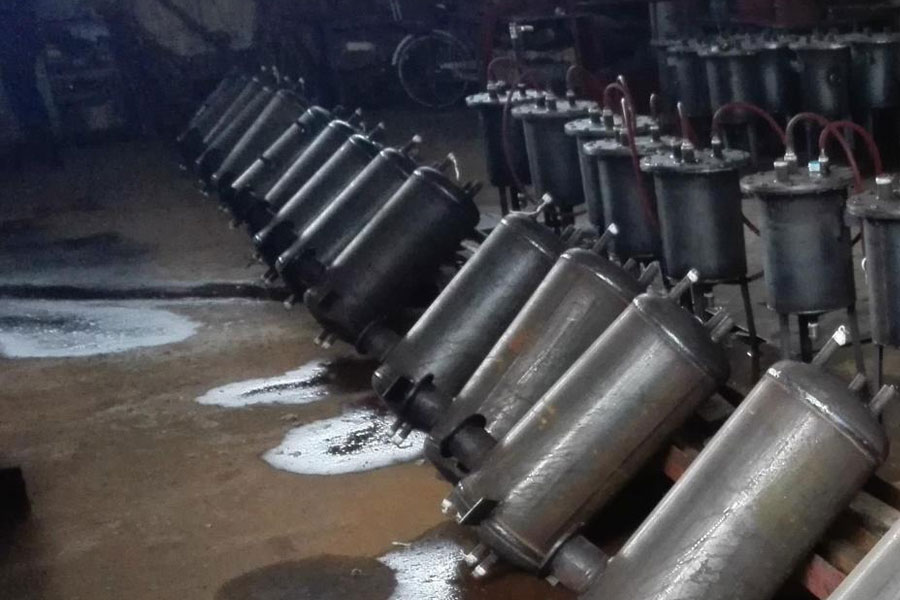1. It is caused by the burrs of the punching parts produced during blanking. Need to study the cutting edge, and pay attention to check whether the blanking is reasonable.
2. The turning, distortion and deformation of the punched parts have occurred during the blanking process, resulting in poor forming after bending, which needs to be dealt with from the blanking and unloading station.
3. It is caused by the instability of stamping parts during bending. Mainly for U-shaped and V-shaped bending. To deal with this problem, the guiding position of the stamping part before bending, the guiding position during the bending process, and the pressing of the material during the bending process to prevent the stamping part from slipping during bending are the key points to deal with the problem.
Generally speaking, stamping parts need to have a certain R, and the “sharp corners” that are visually felt are themselves with a certain R:
1. For deep drawing, a relatively large R can be selected for further deep drawing, and the later process can achieve a smaller R angle by adding shaping.
2. For flanging (folding type), you can directly select the extremely small R angle: the R angle is not processed when the machine is added. If it is cracked during debugging, use sandpaper to polish the small R, why can’t it be reached.

Leave a Reply